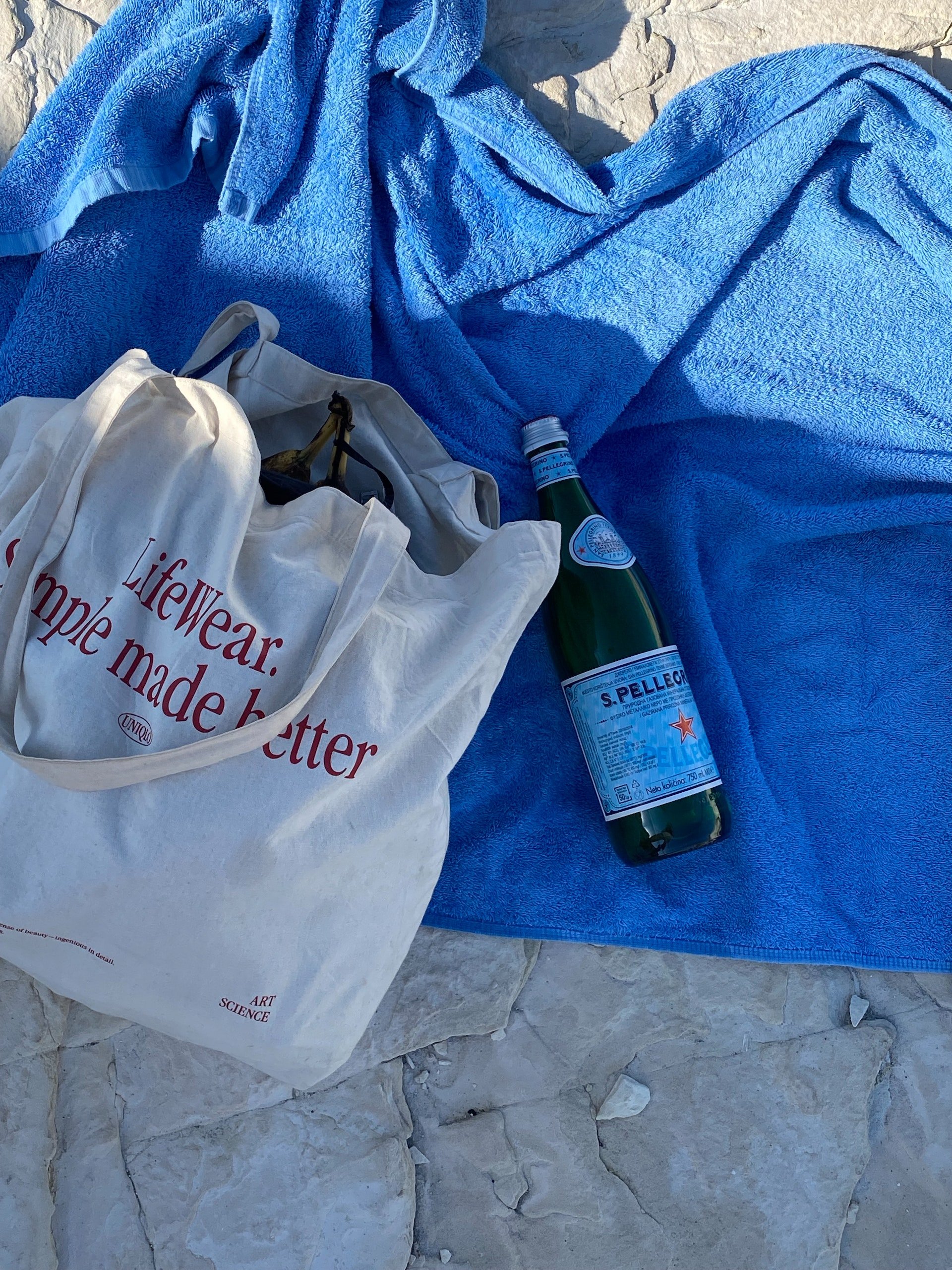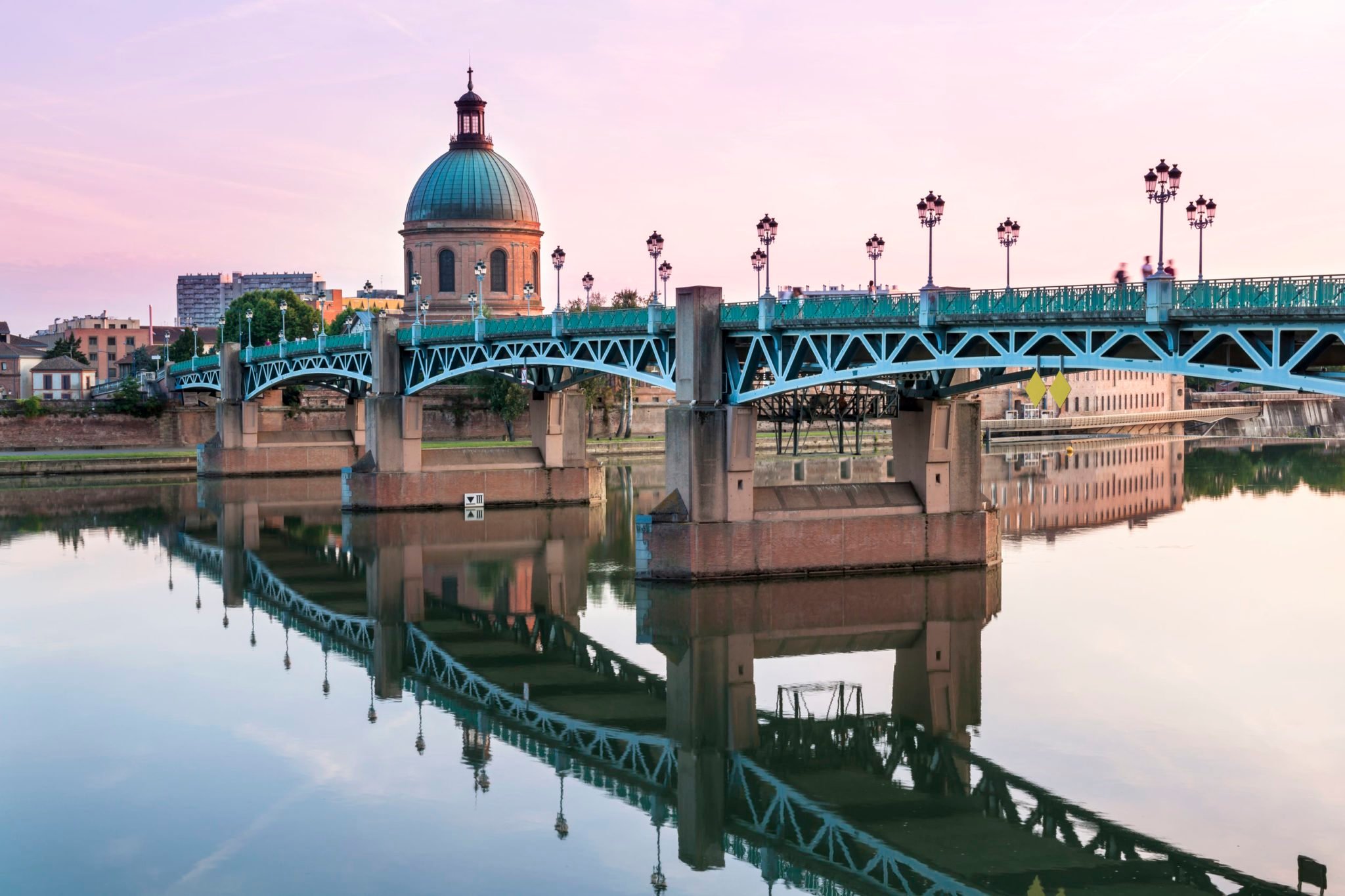
Journey to Toulouse: Discover the Charms of the Pink City
This publication is also available in: Français
English (UK)
Deutsch
Italiano
Español
Toulouse is a city with a rich cultural heritage and a vibrant local culture. The city played an important role in French history, being the birthplace of Louis XIV, the king who transformed France into a superpower through his military conquests.
Which neighborhood to stay in Toulouse ?
The city of Toulouse is known for its rich culture and lively nightlife. There are many interesting neighborhoods for your stay. You can easily find an apartment or a house for a few days, or longer on a site like Rentola location. No matter the neighborhood, accommodations abound in Toulouse.
- The city center of Toulouse is the most dynamic area of the city. It is famous for its vibrant nightlife and varied restaurants. If you’re looking for a lively and cosmopolitan place, this is the neighborhood for you.
- The Carmes district is one of the oldest neighborhoods in Toulouse. It is surrounded by small pedestrian streets and offers a calmer atmosphere than the city center. It’s a perfect place to stroll, visit art galleries, and discover Toulouse’s historic buildings.
- The Saint-Cyprien district is also popular among visitors, as it is close to the city center and offers many cafes and bars.
- And if you’re looking for a truly peaceful atmosphere, the Croix-de-Pierre district, located near the Garonne River, is an excellent option.
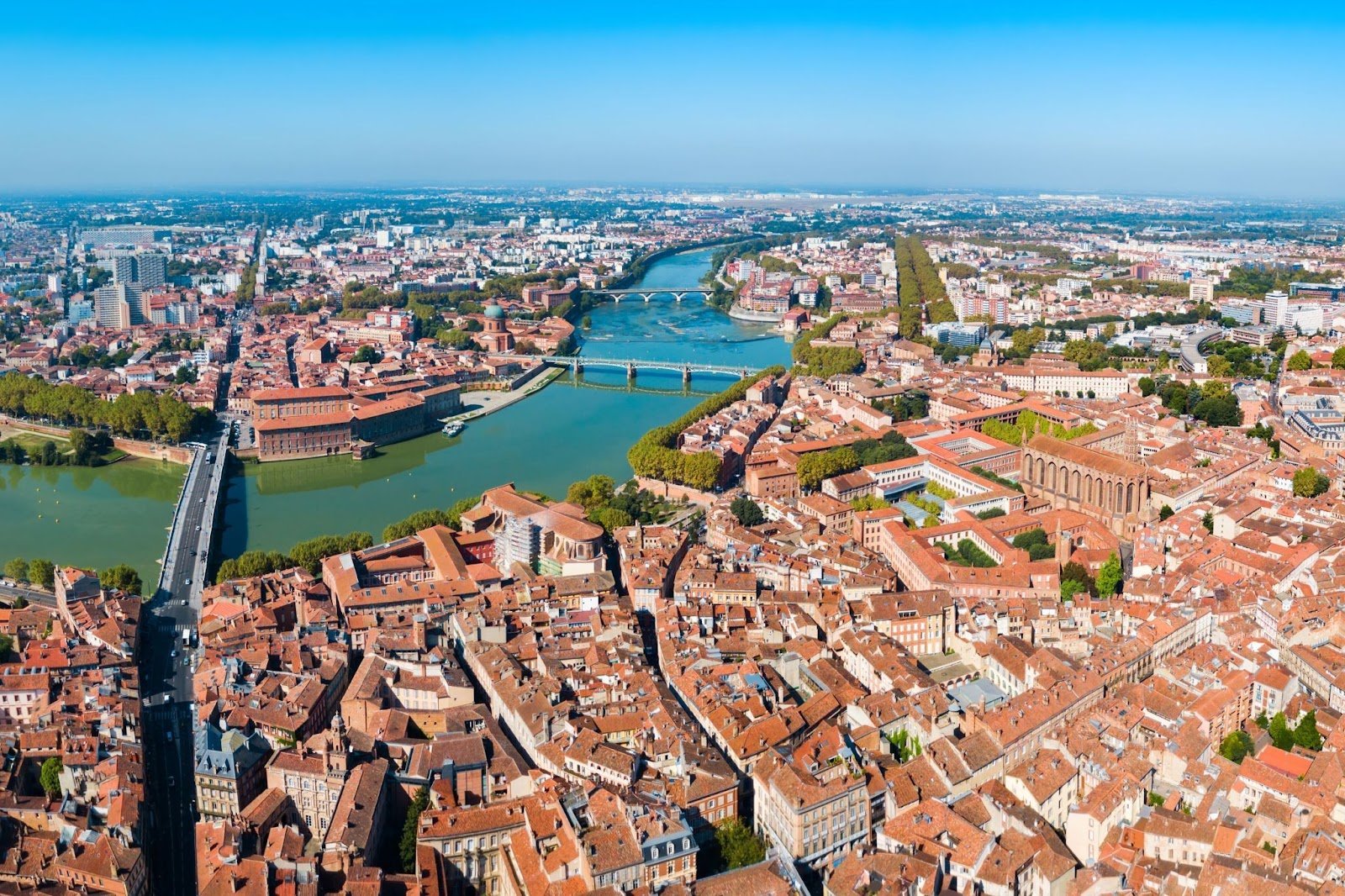
History of the city of Toulouse
Toulouse was founded in the 1st century BC, but it wasn’t until the 11th century that it began to develop as an important city. In 587, Toulouse became the capital of Aquitaine (a province covering much of what is now southwestern France). It was then designated as the capital of the Kingdom of France in 721, and again after being granted its own duchy in 1071 by William IX, Duke of Aquitaine.
The city was then taken by the English in 1152, only to be recaptured by King Louis VIII of France in 1224. It remained French until 1462, when it was taken by the Spaniards during the Hundred Years’ War. In 1562, Toulouse became part of the Kingdom of France again after being granted to Henry IV in compensation for his losses during the war.
In the 18th century, Toulouse welcomed some of the most important figures in French history. One of them was Jean-Baptiste Colbert, who was an advisor to King Louis XIV and helped make France a major economic power during the reign of the “Sun King”. Just like the island of Martinique, the history of the city of Toulouse is closely linked to the history of France.
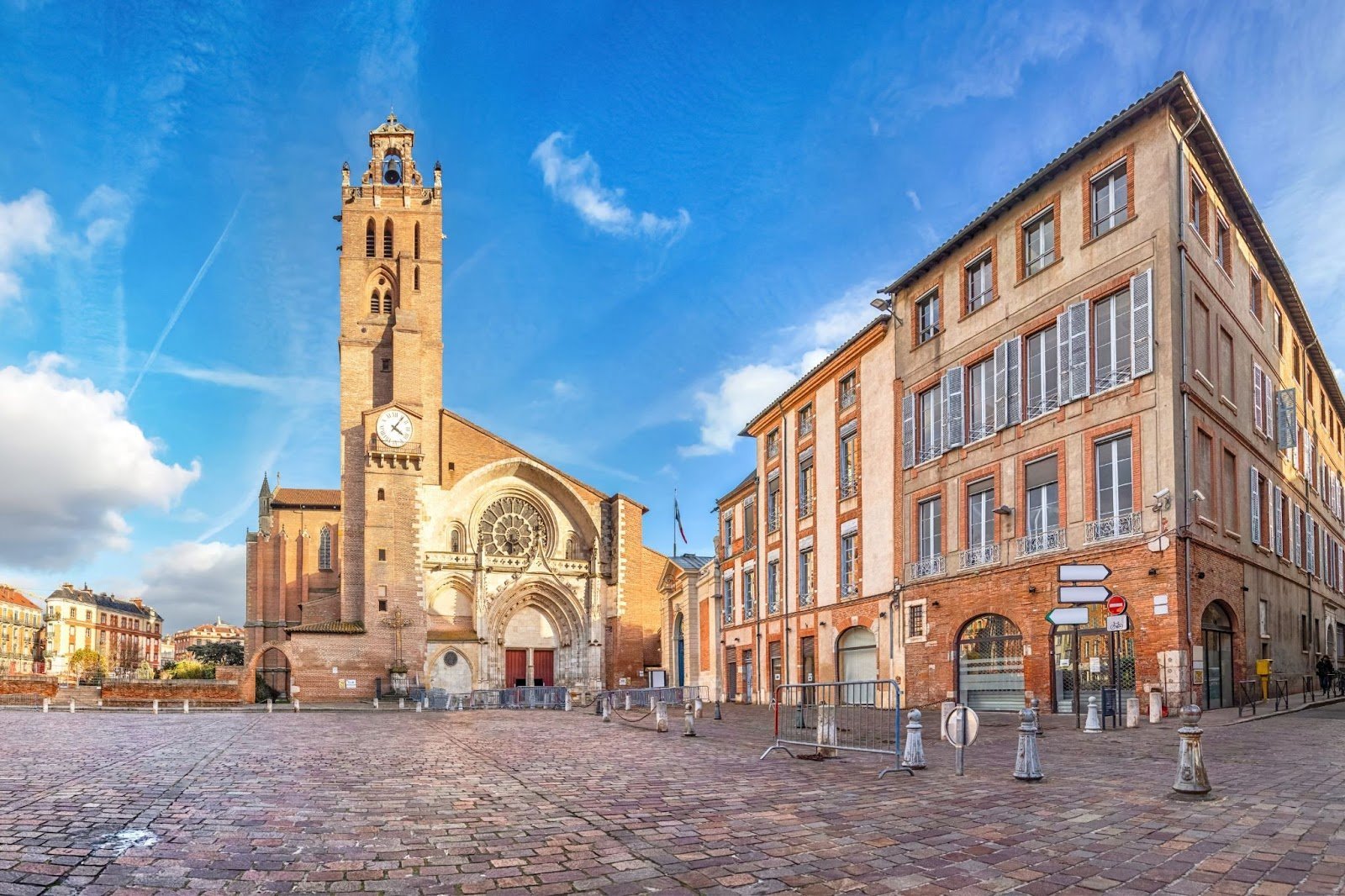
Is Toulouse a Cultural City?
Toulouse is a dynamic city with a rich cultural history. The city is home to many museums and galleries, including the Augustins Museum, the Museum of Medical Instruments of the Toulouse Hospitals, and the Natural History Museum. There are also many festivals and events throughout the year, such as the Carnival, Airs Solidaires de Toulouse, Feria de Fenouillet Tolosa Toros, Occitania Festival, Organs in October, etc.
Toulouse’s nightlife is lively with many bars, clubs, cafes, and restaurants open late into the night. It is home to many universities and higher education institutions, including the University of Toulouse-le-Mirail, INSA Toulouse, ENSAT, and ENIT. There are also several international schools in the city, including the American School of Toulouse and Lycée Jean Jaurès.
What are the local products of Toulouse ?
If you’re in the mood for something a bit different, try cassoulet. This traditional French dish consists of beans and meat and can be found in many restaurants around Toulouse. If you prefer something lighter, go for roast duck. Other specialties include sausage, estouffat, or tourin. Another emblem of Toulouse is the famous Cachou Lajaunie, invented in 1880 by a Toulouse pharmacist.
Toulouse also boasts the 4th largest vineyard in France by production. Wine lovers can enjoy wines made from rare and rustic grape varieties, such as Fronton, Gaillac, Cahors, or Madiran.
What are the must-see sites and monuments in Toulouse ?
The Basilica of Saint Sernin
Located in the heart of Toulouse, the Basilica of Saint Sernin is one of the city’s most emblematic sites. The church was built in 1144 and served as a burial place for its patron saint, Saint Sernin. It is also known as “the cathedral without bishops” as it has never had bishops since its inception until 1846.
It has been a UNESCO World Heritage site since 1998 due to its exceptional architecture and antiquity – it is the largest Romanesque church in Europe! The church features a number of impressive architectural details, including two bell towers adorned with stone sculptures. One of these towers has a clock and was used as the main timekeeping piece of the city until the 19th century.
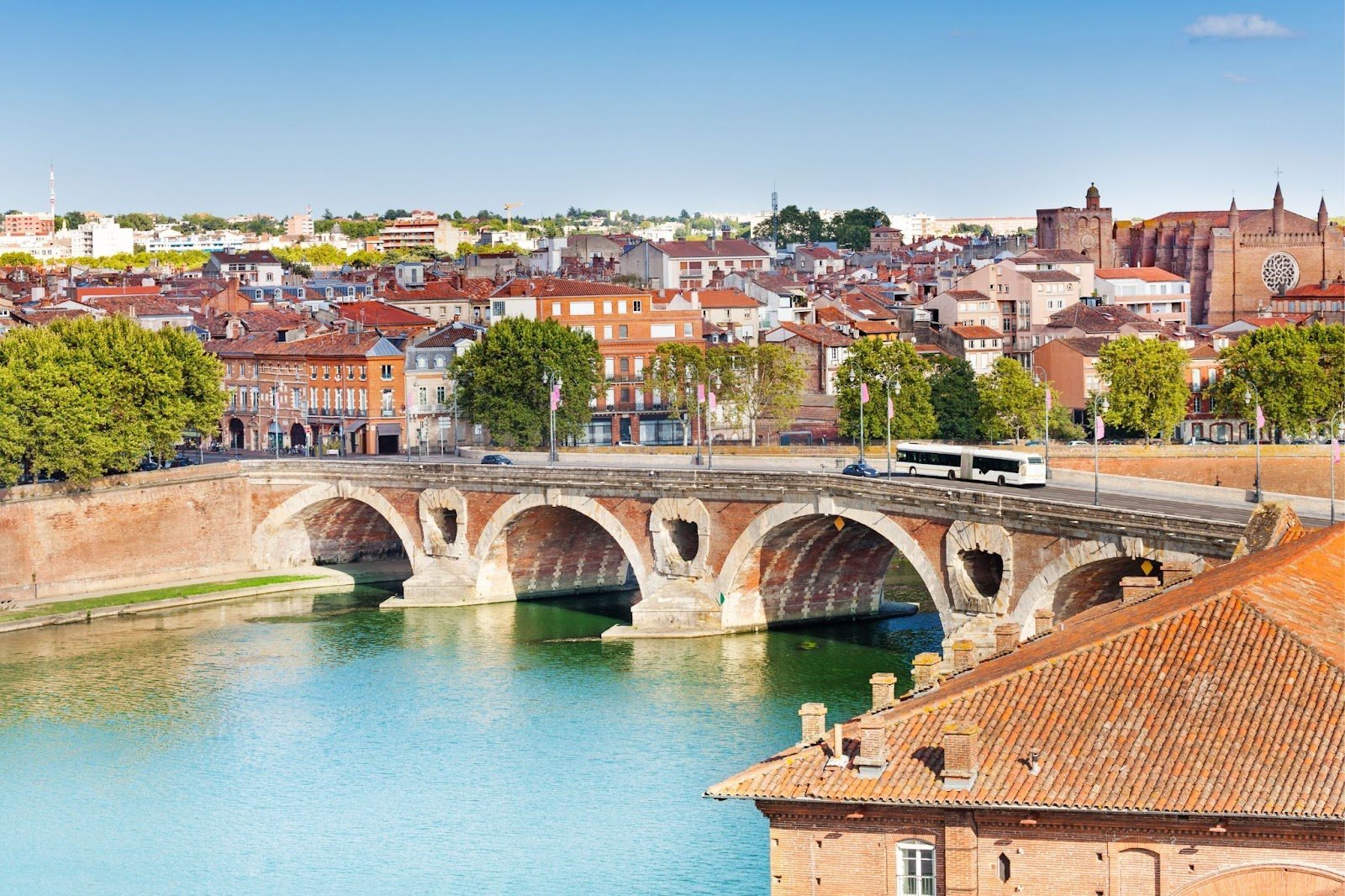
The Canal du Midi
The Canal du Midi is a canal in southern France, originally built to connect the Atlantic Ocean to the Mediterranean Sea. It was constructed between 1666 and 1681 to link Toulouse to its Mediterranean port in Marseille. The canal passes through four distinct sections :
- Canal de Garonne (1666-1669). This section connects the Garonne to its mouth north of Toulouse to Spain via the Spanish border town of Roncevaux.
- Canal de Brienne-Saint-Pierre (1669-1701). This stretch runs from Saint-Pierre on the Garonne upstream to Brienne-les-Mines and to Lyon where it connects to another French canal system called Sentier du Grand Lyon which takes water from Lake Annecy across France before discharging into the Rhône in Nyon, Switzerland.
- Canal du Midi proper (1701-present). Stretching over 300 km, it traverses Languedoc southward towards Marseille, before reaching the Mediterranean Sea at Perpignan.
Place du Capitole
Place du Capitole is the main square in Toulouse and a wonderful place to visit. It features beautiful architecture, as well as many restaurants, cafes, and shops that you can explore. There are also many things to do in this area, such as shopping or going out for dinner with friends. The Capitole is located in the center of Toulouse and it is a magnificent place to visit. There are plenty of activities here, such as shopping or dining out with friends.
Old Town of Toulouse
The old town is a UNESCO World Heritage site, filled with winding streets, cozy cafes, and restaurants. The area is ideal for exploring on foot: you can also walk to other parts of the city from here! There are also many museums in this district, including the Augustins Museum. The area is also known for shopping. You will find numerous boutiques and shops selling local products such as wine, olive oil, chocolate, etc.
The Quays and Banks of the Garonne
The quays and banks of the Garonne are the perfect place to relax and enjoy the beauty of the region. You can admire the view of the river and enjoy a walk along the banks. You can also discover the city’s historic architecture, including the bridges spanning the Garonne. Additionally, you can taste local specialties in the restaurants and bakeries located along the quays. It’s a great way to experience the culture and history of Toulouse while enjoying the beauty of the quays and banks of the Garonne.
The Saint-Pierre Bridge
The Saint-Pierre Bridge in Toulouse, France, is one of the city’s most iconic monuments. It was built in the 13th century and is a magnificent example of medieval architecture. The bridge itself consists of five arches spanning the Garonne, connecting both sides of the city. It is one of the oldest bridges in France and is an integral part of the city’s history and culture. Visitors can enjoy stunning views of the river and the city from the bridge, as well as its majestic beauty. The Saint-Pierre Bridge has been featured in many films and TV shows, and it is a must-see attraction for anyone visiting Toulouse.
The Dry Dock Basin
The dry dock basin in Toulouse, also known as the Toulouse shipyard, is a historic shipyard located in the city of Toulouse, France. Founded in 1776, it is the oldest dry dock in Europe and one of the largest in the world. It is the only one of its kind still in operation and is an integral part of Toulouse’s maritime history. The dry dock basin has been used to build and repair ships of all sizes, from small pleasure boats to large freighters.
Toulouse is a wonderful city to visit with its beautiful architecture, delicious food, and warm inhabitants.


